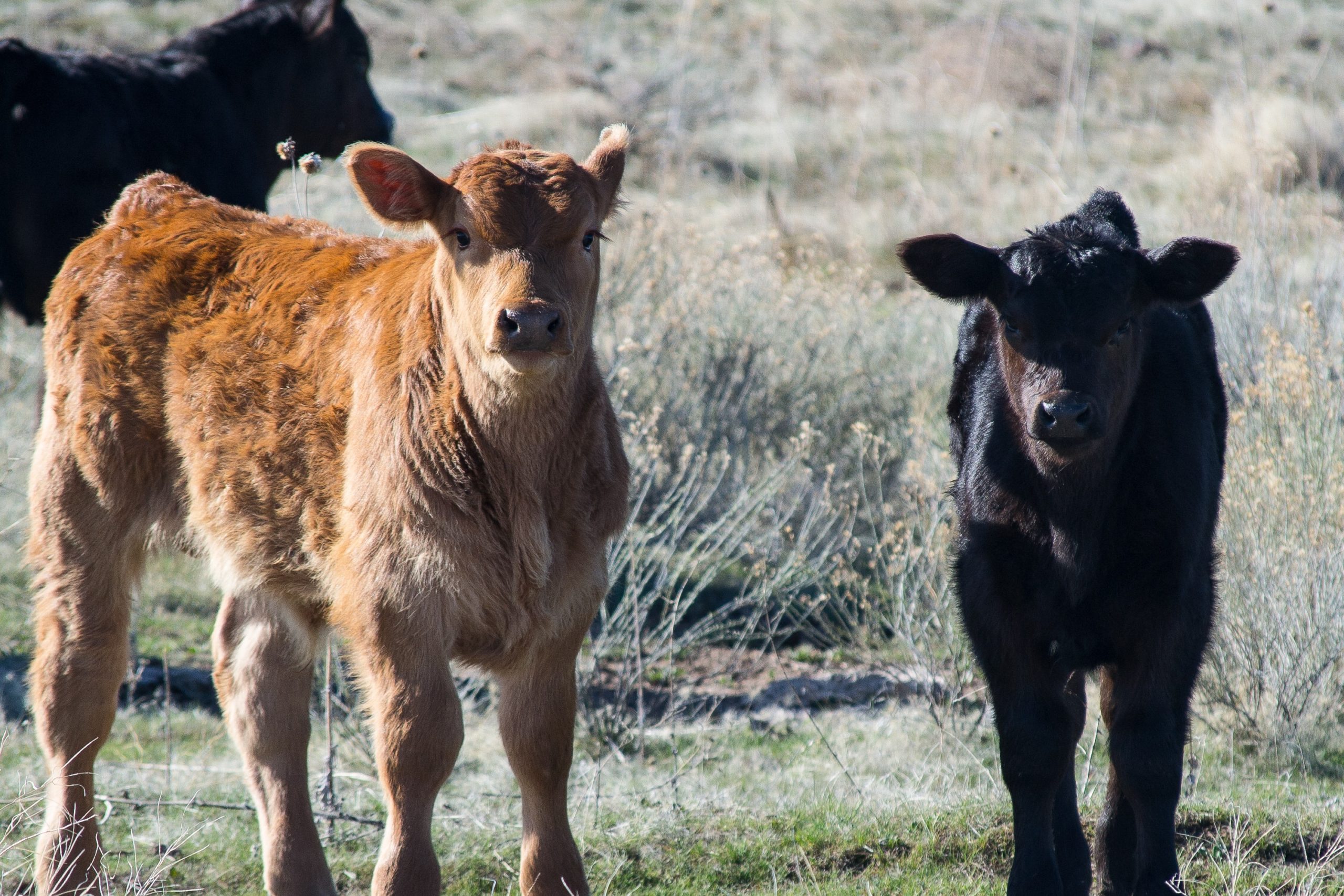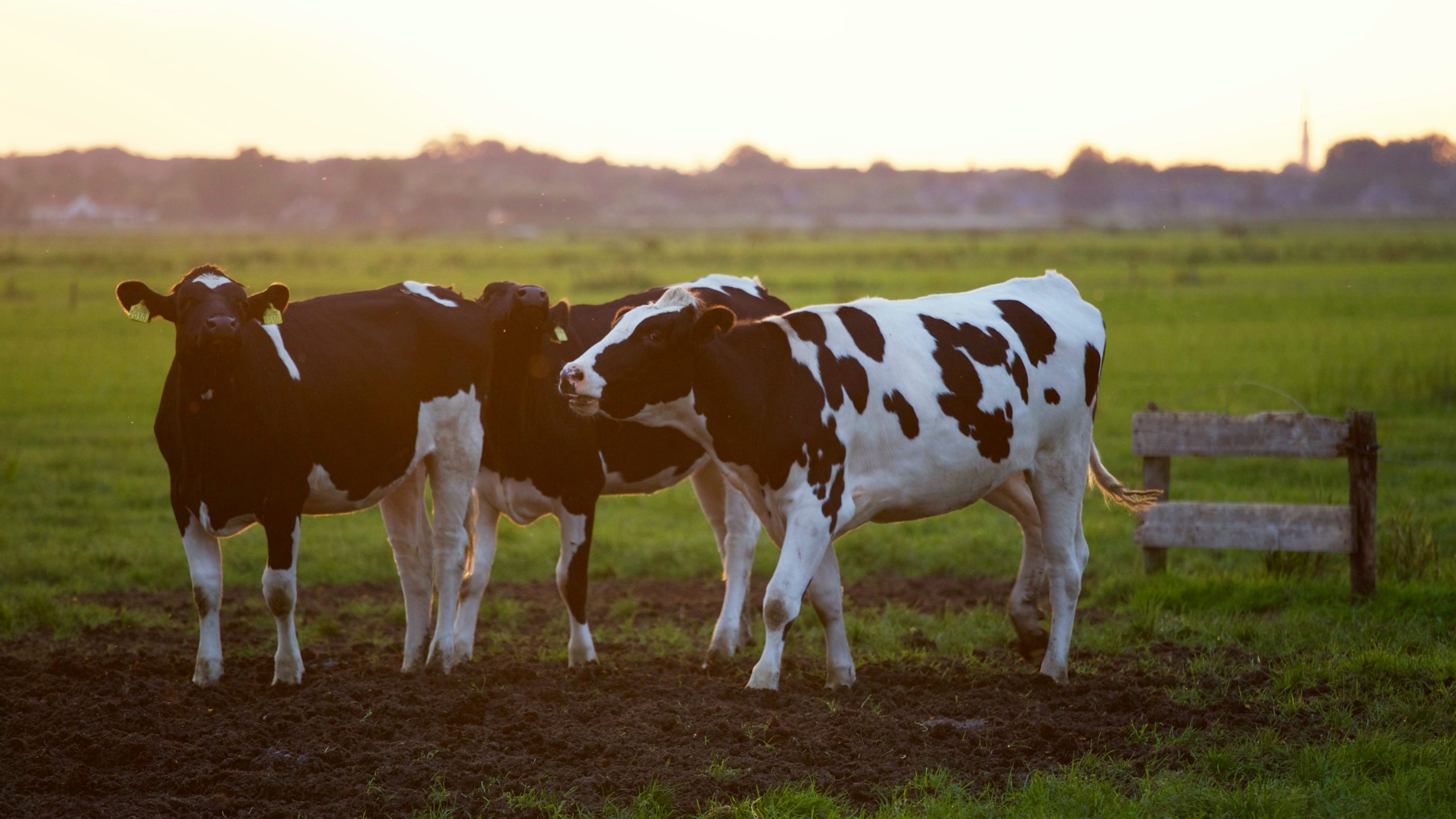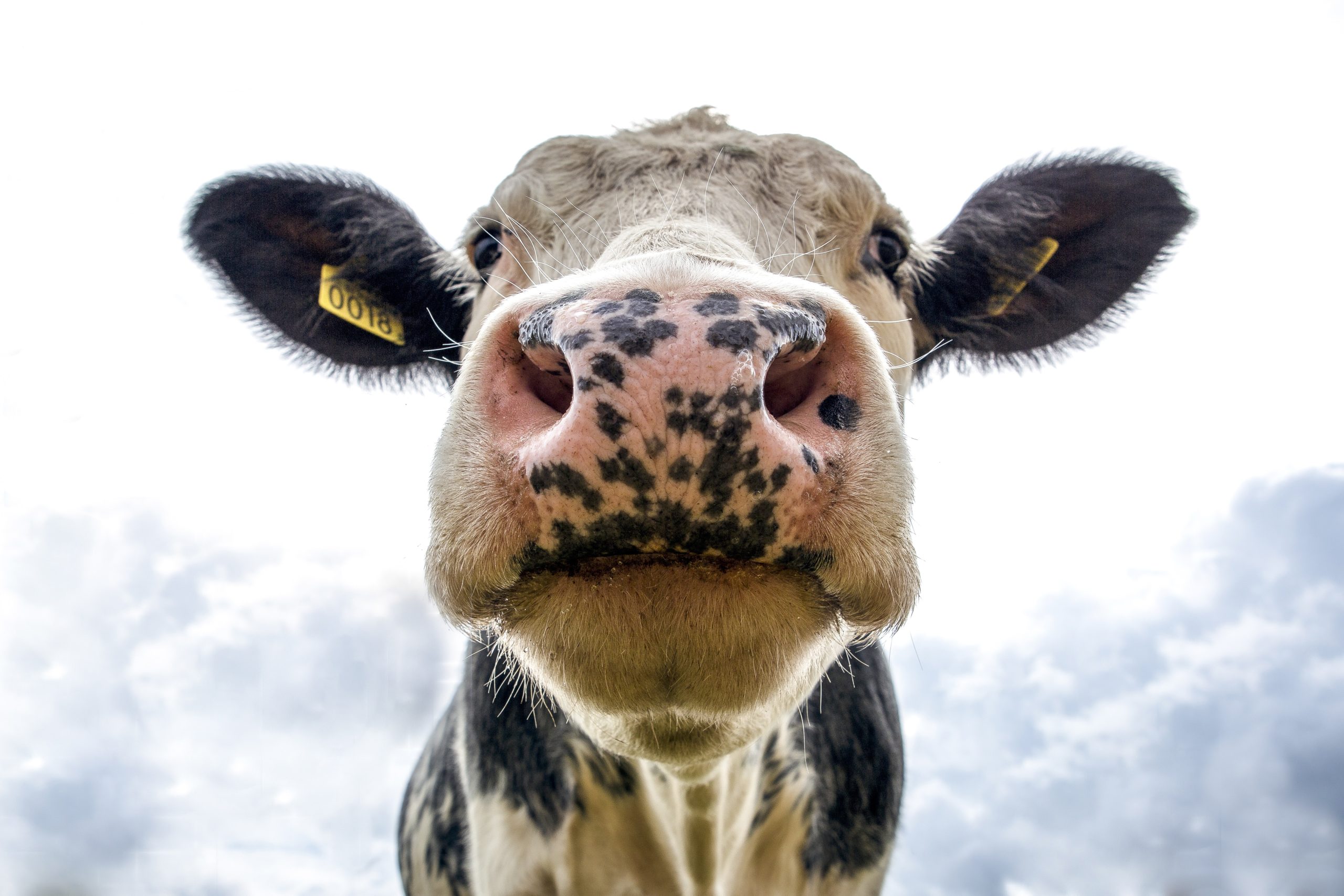Pink-eye, or infectious bovine keratoconjunctivitis, is an inflammatory bacterial infection of the eye that can cause permanent blindness in severe cases. It is a contagious disease that occurs mainly in young cattle in summer and autumn.
Pinkeye can affect up to 80% of a mob, with affected weaner calves losing up to 10% of their body weight. Although rare, deaths may occur when both eyes are affected, due to starvation, thirst or misadventure.
Cause
Most cases of pinkeye are caused by the bacteriumu00a0Moraxella bovisu00a0of which there are several strains. The bacteria produces a toxin which attacks the surface of the eye (cornea) and conjunctiva, causing inflammation and ulceration.
Several factors influence infection of the eye byu00a0Moraxella bovis.
Infective material discharged from the eyes of affected cattle can be spread to other animals by flies, or onto long grass grazed by the cattle. Sunlight and dust make the problem worse.
There may also be other organisms, such as viruses and mycoplasmas, that cause eye damage and allowu00a0Moraxella bovisu00a0to become established.
Occurrence
Pink-eye is mainly a disease of young cattle commonly occurring in their first summer. Severe outbreaks may occur in older cattle if they have never been exposed to the disease.
After infection, cattle develop a temporary immunity which lasts up to a year. Exposure to the causative agents in following years gives further immunity, usually without eye changes being obvious.
Infection can occasionally persist in a few animals and these are a source of infection in the following summer. The infection rate increases to a peak about 3-4 weeks after the first cases appear, and then gradually decreases.
The prevalence of pink-eye in districts and on individual farms varies from year to year, depending on seasons and weather, the fly population and whether cattle are grazing long grass. On some farms, there may be only occasional cases while on others 60-80% of cattle may be affected in very severe outbreaks.
In most years the average infection rate is 5-10%.
Signs and course of pink-eye
The first signs seen are:
- copious watery eye discharge
- aversion to sunlight
- signs of irritation: for example, excessive blinking
- reddening and swelling of the eyelids and the third eyelid.
The eye will then go cloudy in the middle and may ulcerate during the next two days. Many animals spontaneously recover at this stage. In a small number of untreated cases, ulceration may progress to abscess formation, with possible rupture of the cornea and permanent blindness. After recovery about 2% of affected eyes have a residual white scar on the cornea. An even smaller percentage progress to abscess formation.
Most animals are completely recovered 3-5 weeks after infection without treatment and usually, only one eye is affected. Animals that are severely affected in both eyes may grow poorly. Milking cows may produce less milk. Cattle become more difficult to muster with blind animals in the herd. Accidental deaths may occur if affected animals fall into dams or are trapped in fences.
Other causes of eye trouble
Grass seeds
Grass seeds are also troublesome during the time of the year when pink-eye usually occurs. Examination of the eye will reveal one or more grass seeds. Damage to the eye caused by a grass seed is generally more varied than damage due to pink-eye, and the eye does not get better unless the grass seed is removed.
Cancer of the eye
Eye cancer (squamous cell carcinoma) usually originates on the unpigmented lateral part of the cornea (sclera) but some cancers will begin on unpigmented eyelids or the third eyelid. Initially, most cancers begin as a plaque or growth with ragged edges on the lateral corneal surface. Some plaques will disappear, but many will grow into larger eye cancers if left untreated.
Viral disease
Some viral diseases, such as malignant catarrhal fever and infectious bovine rhinotracheitis, may be confused with pink-eye because they cause cloudiness of the eyeball. However, affected cattle will also show other signs, related, for example, to the central nervous system or the respiratory system. If you need further advice contact your veterinarian or the district veterinary officer.
Treatment
Many cattle recover from pink-eye without treatment, 3-5 weeks after infection. Mustering cattle for the purpose of treating pink-eye may be unwise because dust and flies increase the spread of infection. Consider the percentage of cattle affected before mustering the mob, and potentially spreading the infection to others.
If mustering is needed for essential management procedures such as weaning and drenching, affected cattle should be treated for pink-eye while in the yards, and severely affected cattle, such as those with abscesses in both eyes, should be isolated, treated daily and carefully nursed.
In commercial herds, treatment is usually given once only.
Treatment options are based on antibiotics to counter the bacteria and anti-inflammatory drugs.
Antibiotic treatments
There are several proprietary formulations of eye ointments available under prescription from veterinarians, with the active antibiotic constituent Cloxacillin. Application of Cloxacillin-based eye ointment into the conjunctival sac (under the upper and lower eyelids) is effective against the Moraxella bacteria. A single application is usually sufficient, but may be repeated every 48 hours in severe infections.
Other topical preparations include antibiotic sprays or powders. These only give short term antibiotic coverage and must be repeated several times per day to be effective. Eye ointments are less irritating and less traumatic to the eye and generally are the recommended treatment.
In late and more severe stages of the disease, injection of a combination of a broad-spectrum antibiotic and an anti-inflammatory drug underneath the upper eyelid is often successful. This form of treatment is more expensive, requires head restraint, and is best given by a veterinary surgeon. Occasionally intra-muscular injections of antibiotics and anti-inflammatory drugs are used despite the expense.
Applicable withholding period (WHP) and export slaughter interval (ESI) must be observed with any antibiotic treatments.
Eye patches
Eye patches are not a sole treatment for pink-eye but are a recommended adjunct with an antibiotic preparation. Patches offer protection from further irritation from sunlight, dust and flies. Direct sunlight is painful to a pinkeye affected animal. Patches reduce the pain, so animals are more comfortable and continue to graze, reducing the weight loss often caused by pinkeye. Denying flies access to the affected eye will help to reduce pinkeye spread within the herd. Patches are glued over the eye, with care taken not to apply glue into the eye. There are several proprietary eye patches available. Heavy cloth (e.g. denim) or a dust mask may be a cheap alternative. The patch will fall off after a few weeks.
Prevention & Control
There are some prevention and control measures available. Piliguardu00ae vaccine helps prevent pinkeye by blocking the attachment of the bacteria to the cornea. A single 2ml dose used strategically 3-6 weeks before the onset of the pinkeye season provides significant protection against the pinkeye causing bacteriau00a0Moraxella bovis. Annual revaccination is recommended by the manufacturer immediately prior to the beginning of the pinkeye season. Producers may strategically vaccinate the most susceptible lines of stock, namely calves and weaners.
Other control measures include:
- Limiting the spread of the bacteria from animal to animal by controlling fly numbers on cattle with the use of the pour-on synthetic pyrethroid insecticide, deltamethrin. Observe any applicable WHP & ESI;
- Prompt segregation and treatment of any pinkeye in affected stock;
- Avoiding unnecessary yarding of cattle during the problem months.
Experimental work in Queensland, Australia has shown thatu00a0Bos indicusu00a0type cattle seem to be less susceptible to pink-eye than British breeds. In British breeds, cattle with complete eyelid pigmentation have been found to be less susceptible to pink-eye.
Acknowledgements
The original author of this agriculture note was Neil Farquhar, and the previous version was published in September 1998 and updated by Dr David Champness, February 2008.
Published and Authorised by Agriculture Victoria. This publication is copyright. No part may be reproduced by any process except in accordance with the provisions of the Copyright Act 1968.
The advice provided in this publication is intended as a source of information only. Always read the label before using any of the products mentioned. The State of Victoria and its employees do not guarantee that the publication is without flaw of any kind or is wholly appropriate for your particular purposes and therefore disclaims all liability for any error, loss or other consequence which may arise from you relying on any information in this publication.




